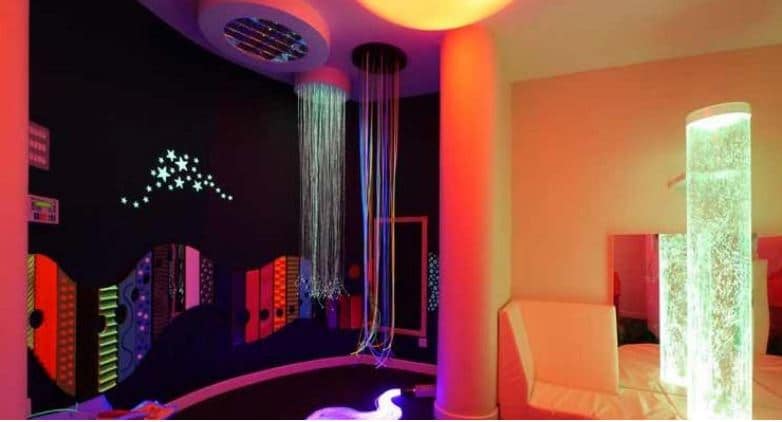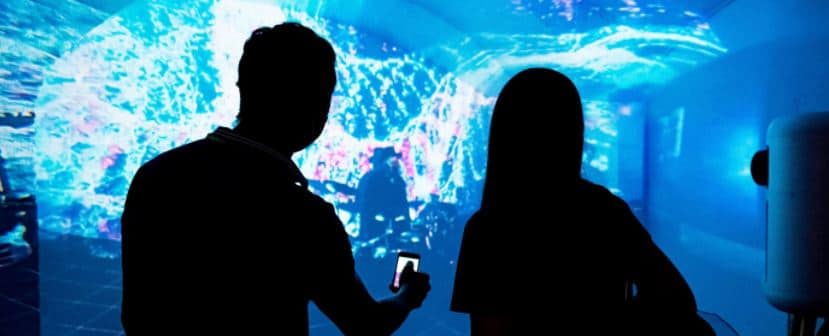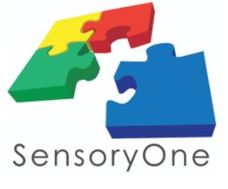
A sensory room is a therapeutic space for people of all ages to enjoy and use. These rooms and spaces incorporate a number of different tools or aspects that can help an individual to feel more calm, less distracted, better able to communicate and overall, less anxious and stressed. They can also help to mitigate negative behaviours that may be common with some people, often school-aged children.
The equipment used in a sensory room can vary quite a bit from one room to the next, depending on how much space is available for the sensory room and what the needs are of the primary person using it. Whether you are looking at creating a mobile sensory cart or station or are able to convert an entire room to the idea, the intentions behind the equipment will be similar.
Top equipment for creating a sensory room or space
At SensoryOne, we provide no-fee design consultation services so clients can build the sensory space that is best suited to them. Whether for autistic individuals, seniors or an elementary school setting, let’s think through the design and equipment right for you.
When creating a sensory space, one of the first steps you should take is to decide how much space you’ll have to work with. If you only have a small corner in a room or a mobile cart to deck out, the equipment you’ll look for will vary in comparison to if you have a whole room. Regardless of how much space you have, creating a sensory room will have significant benefits for both children and adults.
Tactile equipment
Having items that a person can touch is essential in a sensory space. Try to include a variety of different touch experiences such as soft sponges, prickly pinecones, gooey silly putty or slime, kinetic sand, finger paints and squishy balls. Any item that offers an unusual tactile experience can be perfect for a sensory room. If you have space to play with, consider installing a tactile wall mural or panel. These tools are often done for you so there’s no need to go searching for items that might fit the bill.
A tactile wall mural, tile or panel features a variety of textures, colours and styles and will double as fun artwork for the space. These pieces can be mounted on a wide variety of surfaces, allowing you to customize the sensory space you are creating.
Calming equipment
One of the most common uses of a sensory room is to help visitors calm down and relax. Equipment like dim lights, fiber optic lighting, and gentle music are all soothing for those in the sensory room.
Fiber optic lights are a common choice for anyone creating a sensory room. These lights are often included in string form to offer both tactile and visual stimulation, allowing anyone in the room to benefit from their inclusion in multiple ways. Handling these lights is safe and visitors will often feel calmer and more relaxed after being exposed to them.
Bubble tubes and walls are another great way to provide calming visuals along with a relaxing vibration.
Auditory and visual equipment
A sensory room that allows users to focus on certain senses while reducing the stimulation from others will help them to relax and calm down. Sensory room equipment like a projector or a speaker playing their chosen video, music or sounds can significantly benefit a visitor, particularly those who struggle with processing disorders.
Mobile sensory carts
If space is a concern or you have an individual that would benefit from the ability to bring their sensory space with them, a mobile sensory cart is the perfect option. Whether you’re interested in a ready-made kit or want to design your own, a mobile sensory cart has everything that a sensory room could have, but in a compact and portable cart. This cart can be moved from one space to another allowing the sensory space to move with the user.
Interactive technology is worth the investment

With a very interactive space like a sensory room, it’s no surprise that there are some pieces of technology that will be beneficial. Immersive experiences like virtual reality and interactive projectors are an excellent way to customize the sensory room experience for anyone interested in using them. These interactive and portable technologies are very effective tools for creating both stimulating and calming effects in a wide variety of settings and spaces. A sensory room that includes one or both of these tools will benefit anyone who uses them in a number of different ways.
Sensory room equipment can vary greatly
The best thing about creating a sensory room is that there is no single right way to do it. The best sensory room spaces are created with your client audience in mind. With a wide variety of potential users, completely unique space options and an endless list of equipment choices, no two sensory rooms will ever be alike. After you’ve taken some time to evaluate the needs of those who will be using the space and consider what kind of area you’ll be making use of, you can then narrow down exactly what kind of equipment you want to include in your sensory room.



